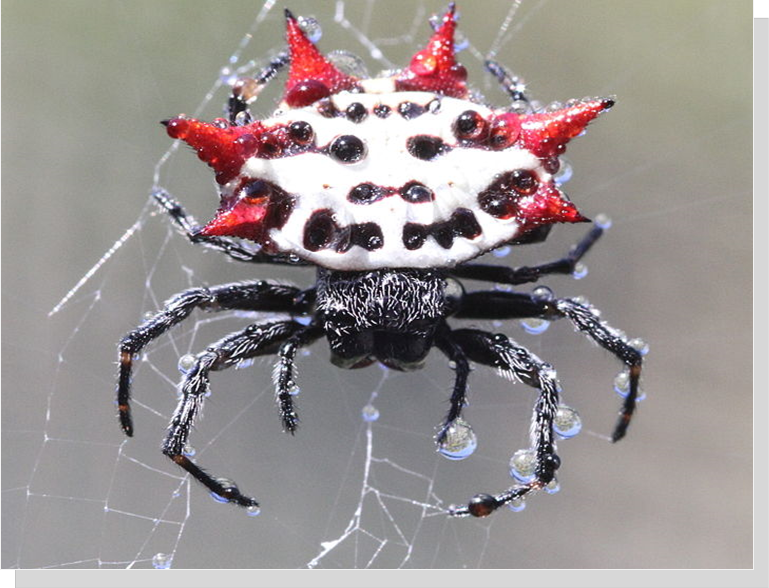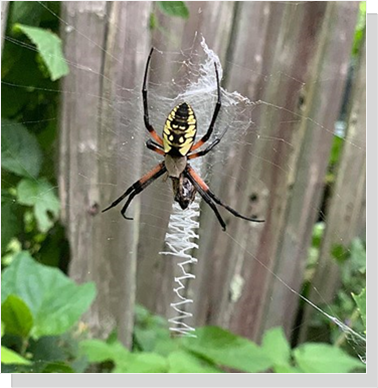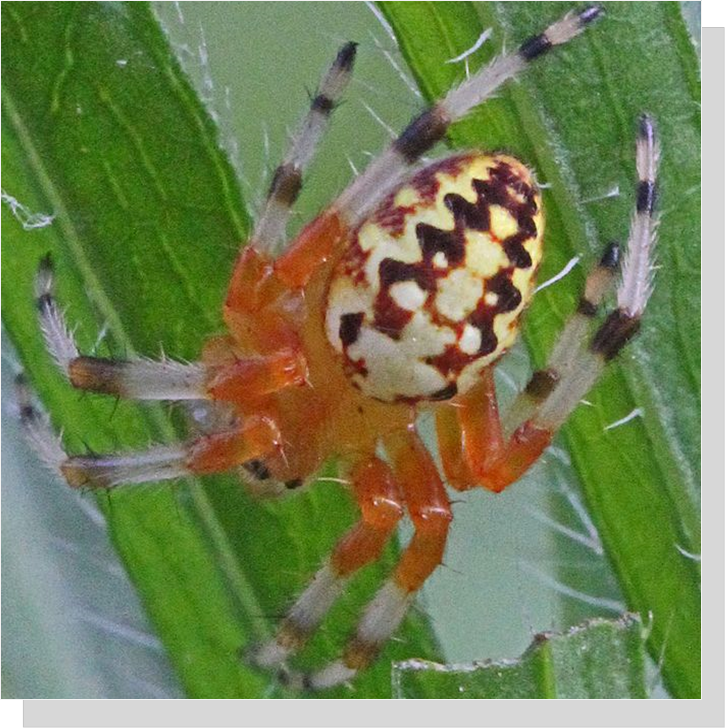
VIEW ON NATURE: Will You Walk Into My Parlour?
By: Stephen L. Wendt
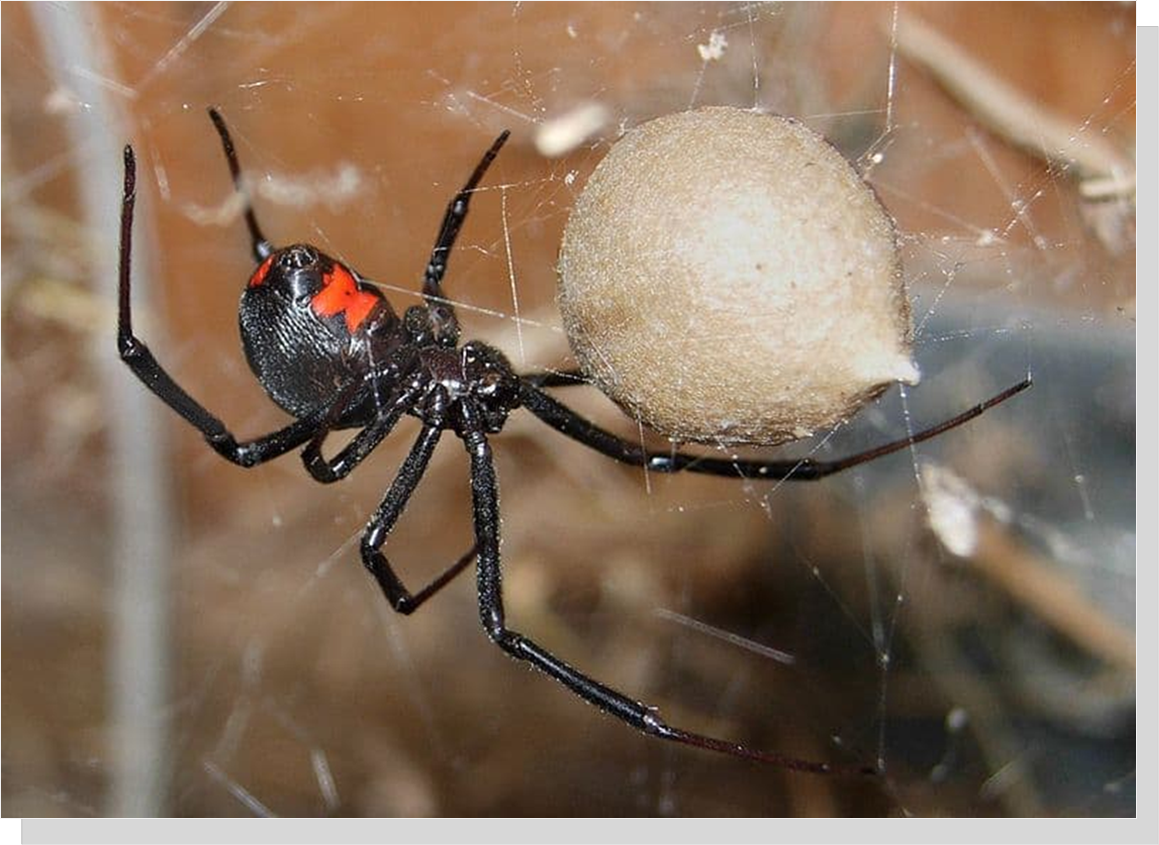 Venomous Southern Black Widow Spider w/ telltale red hourglass on underbelly
Venomous Southern Black Widow Spider w/ telltale red hourglass on underbelly
(males are brown/ grey, smaller, no red hourglass marking & harmless)
They are the only venomous (poisonous) spider in Virginia. (1)
As a Nature lover, I’ve got a confession…spiders (and only spiders) give me the creeps. My instinct is unfounded given there are only 60 species of spiders found in Virginia, of which only two (3%) are considered menacing -- the poisonous black widow and the rare brown recluse spider whose venomous bite only sometimes requires medical attention. Even though the other 97% of spider species in Virginia are considered relatively harmless to humans and ecologically very beneficial, I can’t explain my aversion to the 8-legged critters.
Virginia’s largest spider families fall into several groups including jumping, orb weaver, cobweb, wolf, funnel-web spiders and grass spiders. Hands down, spiders employ the most diverse hunting methods of any creature in Virginia. For example, consider the common yellow garden spider, an orb-weaver also known as the ‘writing spider’ due to its trademark vertical zig-zag pattern of their beautiful webs. The spider rests in the hub of its web feeling for vibrations. After prey become entangled in the silken web and struggle to exhaustion, the spider pulls on the radii of its web to ‘feel’ where the prey is located before being wrapped in silk, envenomated, and eaten.
Next, let’s consider the goldenrod crab spider which uses a strand of silk as a safety line that they swing down with to catch prey. The line also keeps the spider from falling, and is used to climb back up to safety.
Jumping spiders are another master hunter. They stalk their prey through all sorts of terrain until the precise moment to leap on them. When leaping from higher elevations, jumper spiders spin a silk safety line in case they miss their target and need to reposition in their perch.
Nursery and wolf spiders don’t use webs because they are expert hunters on foot. These predators are significantly sensitive to prey vibrations and extremely fast runners with superb eyesight that stalk then run down their victims who they kill with powerful jaws.
And my favorite spider strategy for prey capture is employed by the bolas spiders which target specific meals: male moths. They produce a large globule of sticky material which they suspend from a single line of silk. The globule is amazingly imbued with a sex-pheromone that mimics those emitted by female moths. Male moths are naturally drawn to the sticky suspended “capture blobs” swung by the spider on the end of the line to snag the flying prey like a fisherman.
These amazing evolutionary adaptations live up to the cunningness of Mary Howitt’s spider in her 1829 poem, “The Spider and the Fly”. The spider uses manipulation and seduction to entice the fly to its demise beginning with the opening line: ‘Will you walk into my parlour?’ which is one of the most recognized and quoted first lines in all of English verse. With all the discoveries through careful observation and science, who would have thought Ms. Hewitt’s cautionary tale would have foretold Nature’s secrets so well.
(1) Chuck Evans(mcevan) / CC BY 2.5 – License Creative Commons 2.5
(2) English Wikipedia under GDFL-self by the author PiccoloNamek
(3) Markrosenrosen Creative Commons Attribution-Share Alike 3.0 Wikipedia
(4) This file is licensed under the Creative Commons Attribution-Share Alike 4.0 International license. Judy Gallagher
(5) Julie Metz Wetlands, Woodbridge, Virginia - 05 Wikipedia
Reproduction of any article or photograph requires the written permission of the
The ENDEAVOR News Magazine. Unless otherwise noted, photographs are courtesy of the Annandale Chamber of Commerce photographic archive, Wikipedia, and private collections with all rights reserved.
(Copyright © 2012 Annandale Chamber of Commerce. All rights reserved. (Photographs & images, on this page, and on this website, are not available for use by other publications, blogs, individuals, websites, or social media sites.)
Copyright 2012 Annandale Chamber of Commerce. All rights reserved. Privacy Policy

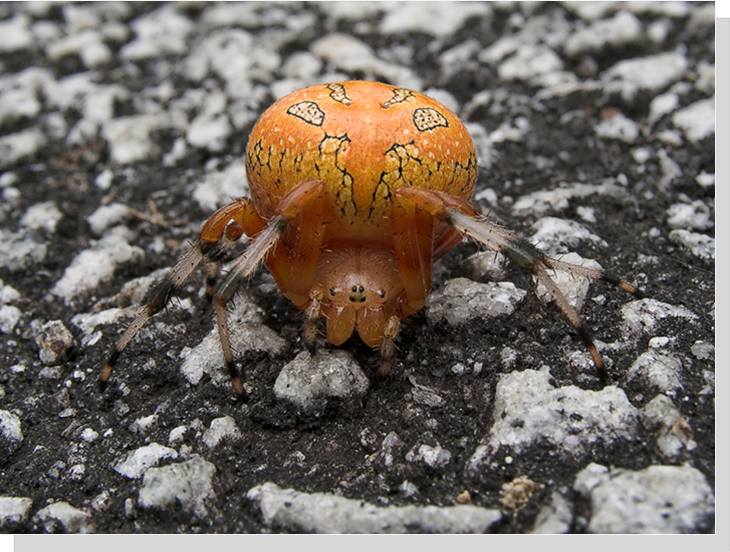 Female Marbled Orb Weaver (2)
Female Marbled Orb Weaver (2)